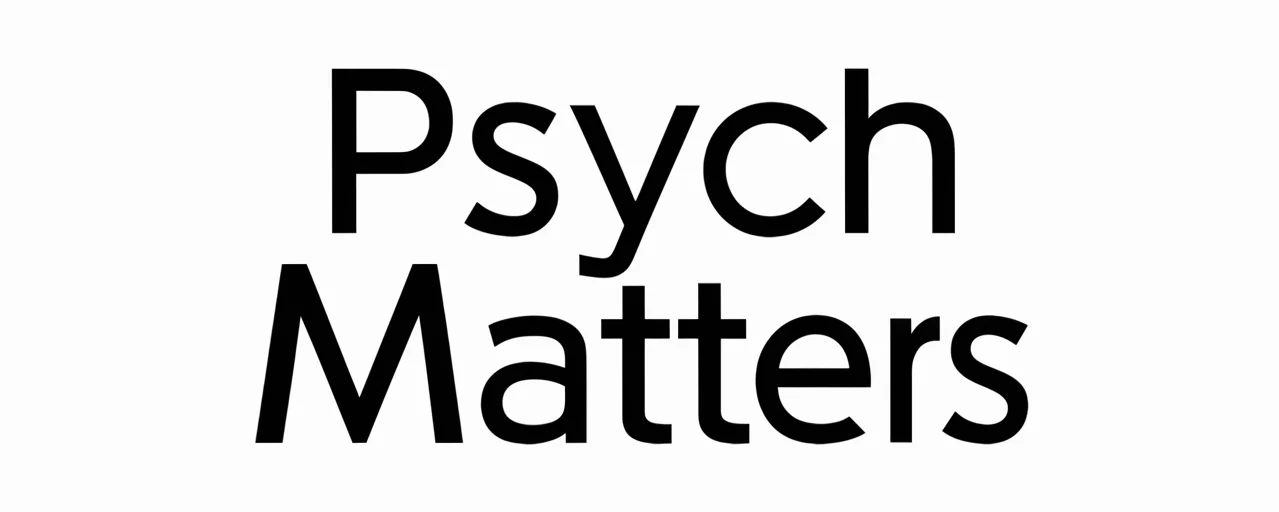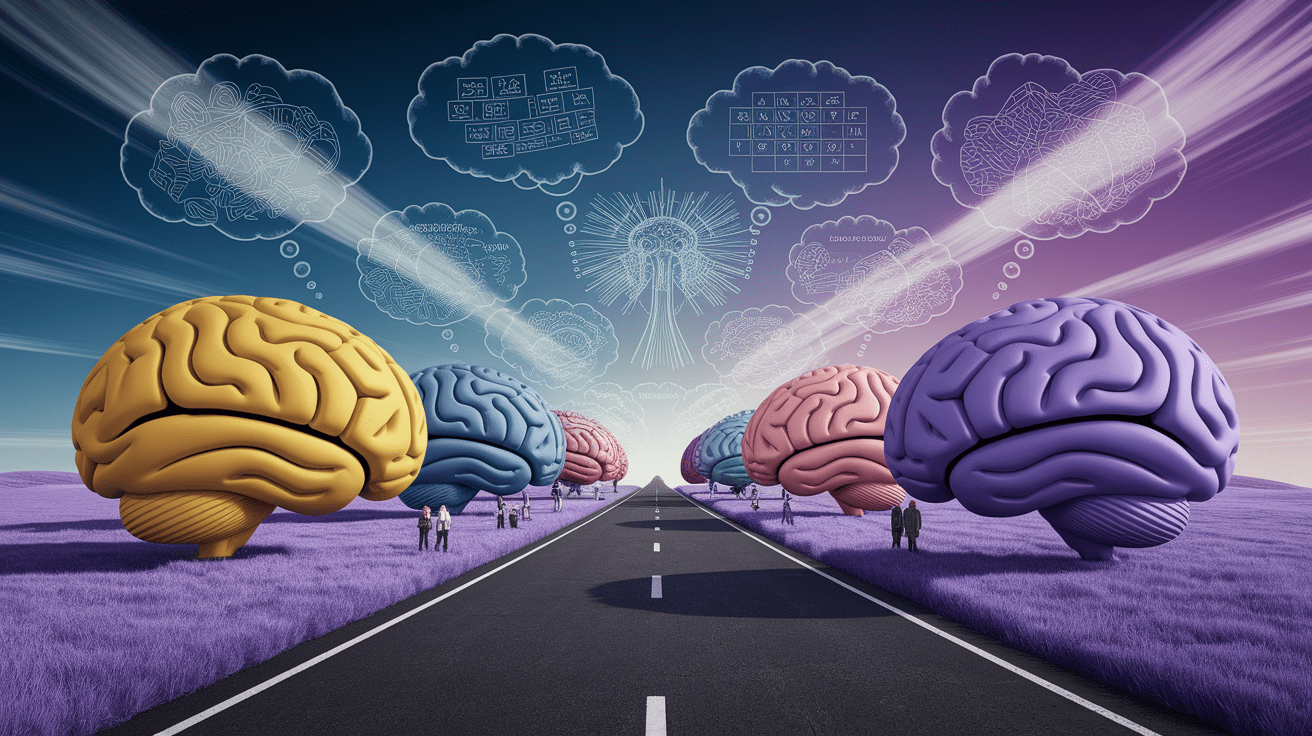Mind Tricks: Navigating Cognitive Biases for Smarter Decisions
Have you ever held onto a failing investment, convinced it will turn around, simply because you’ve already put so much money into it? Or found yourself only consuming news that confirms your existing political views? These are not isolated lapses in logic; they are predictable patterns of irrationality. These mental errors are driven by cognitive biases, systematic shortcuts in our thinking that can steer our judgment and decisions in surprising, and often counterproductive, directions. Understanding these brain traps is the first step toward improving our human decision making and achieving greater clarity in a complex world.
Mind Over Matter: What Are Cognitive Biases?
A cognitive bias is a systematic, nonrandom error in thinking that occurs when people are processing and interpreting information in the world around them. According to research referenced by Scribbr, these biases affect the decisions and judgments that they make, often without their awareness. They are essentially mental shortcuts, or heuristics, that allow the brain to make rapid judgments and navigate information overload. While these shortcuts are often efficient, they can lead to significant perception errors and distorted reasoning.
The groundbreaking work of psychologists Daniel Kahneman and Amos Tversky in the 1970s brought the concepts of heuristics and biases into the mainstream. They demonstrated that while people often believe they are rational decision-makers, their thinking is consistently influenced by these unconscious influences. This research formed the bedrock of a new field: behavioral economics, which explores the psychological factors behind economic choices.
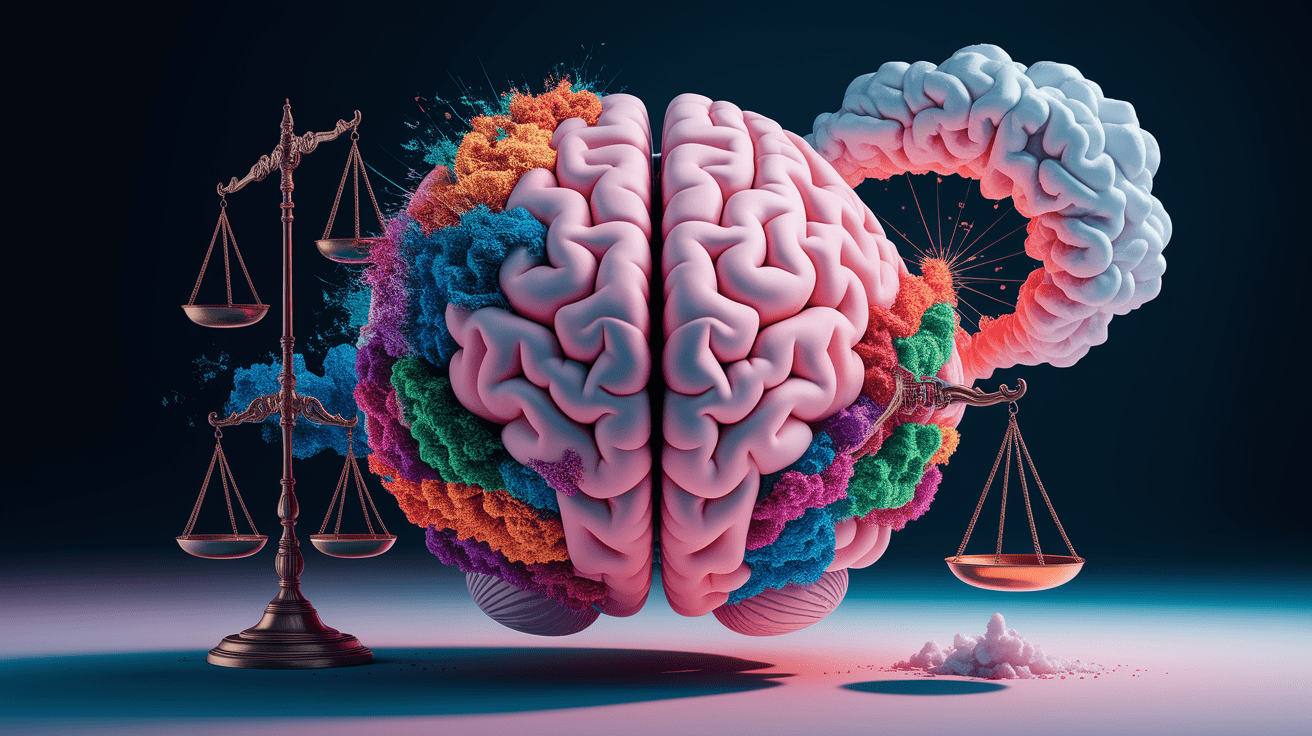
So, what is the difference between a heuristic and a cognitive bias? A heuristic is a mental shortcut that helps simplify problem-solving (e.g., an educated guess). A cognitive bias is the systematic error that can result from relying on a flawed heuristic, leading to an irrational outcome.
These biases impact nearly every facet of our lives, from personal relationships to professional judgments. They can make us less receptive to new information, distort our memories, and even affect our financial well-being. By learning to recognize these patterns, we can gain a deeper understanding of human behavior and mental processes, starting with our own.
The Decision Distorters: Common Cognitive Biases
While experts have identified over 175 different cognitive biases, a few appear with notable frequency in our daily lives, wreaking havoc on our ability to think clearly. Understanding these common mind traps is crucial for improving the psychology of judgment.
Confirmation Bias
This is the tendency to search for, interpret, favor, and recall information in a way that confirms or supports one’s preexisting beliefs. In an age of algorithm-driven news feeds, confirmation bias can trap us in an echo chamber, reinforcing our views while shielding us from opposing ones. This error in reasoning makes it difficult to have productive disagreements or to change our minds in the face of new evidence.
Anchoring Effect
The anchoring effect describes our tendency to rely too heavily on the first piece of information offered (the “anchor”) when making decisions. In a negotiation, for instance, the first price proposed sets a powerful anchor that influences the rest of the discussion. Marketers use this by showing a high “original” price to make a sale price seem far more attractive, a classic application in the psychology of persuasion and influence.
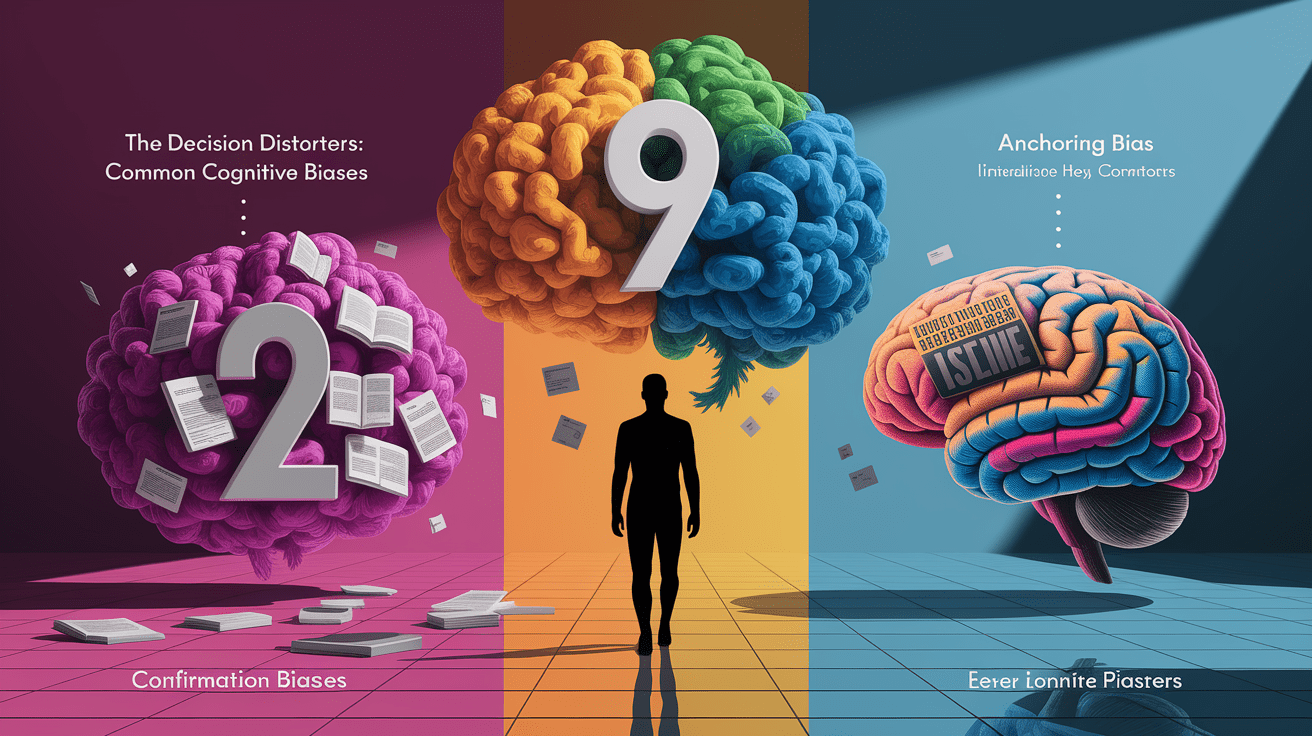
Sunk Cost Fallacy
Have you ever finished a meal you weren’t enjoying just because you paid for it? That’s the sunk cost fallacy in action. This is the irrational behavior of continuing an endeavor because of previously invested resources—time, money, or effort—even when it’s clear the current costs outweigh the expected benefits. This fallacy is a major pitfall in both business projects and personal investment decisions.
Availability Heuristic
This psychological shortcut involves overestimating the importance of information that is most easily recalled. Because vivid, emotional, or recent events are more “available” in our memory, we tend to think they are more common. For example, extensive media coverage of a shark attack can make people feel that shark attacks are far more likely than they are, while they ignore the more statistically probable risk of drowning.
Many other biases consistently shape our perceptions and choices. The following table highlights a few more common ones:
| Bias | Description | Everyday Example |
|---|---|---|
| Dunning-Kruger Effect | A cognitive bias whereby people with low ability at a task overestimate their ability. | An amateur musician who believes they are ready for a professional career despite lacking fundamental skills. |
| Halo Effect | The tendency for a positive impression of a person, company, or brand in one area to positively influence one’s opinion or feelings in other areas. | Assuming a well-dressed, attractive person is also intelligent and trustworthy. |
| Hindsight Bias | The tendency to see past events as having been more predictable than they actually were; also known as the “I-knew-it-all-along” phenomenon. | After a stock market crash, people claim they saw the signs and knew it was going to happen. |
The Roots of Bias: How and Why They Occur
Why are people so prone to cognitive biases? The answer lies in the architecture of our brain. Daniel Kahneman, in his book Thinking, Fast and Slow, popularized the model of two distinct modes of thought: System 1 and System 2 thinking.
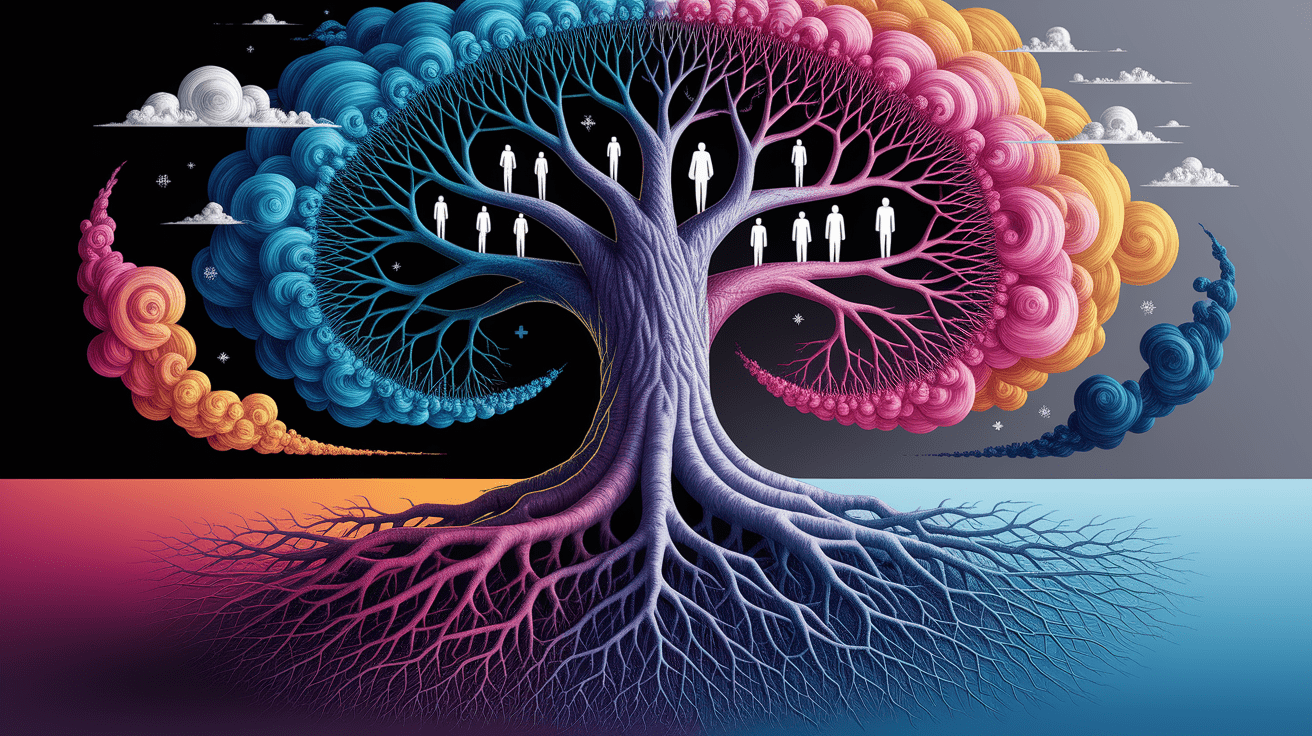
- System 1 operates automatically and quickly, with little or no effort and no sense of voluntary control. It’s our intuitive, emotional, and instinctual brain. It’s responsible for recognizing faces, driving on an empty road, and generating the gut feelings that fuel most of our cognitive biases.
- System 2 allocates attention to the effortful mental activities that demand it, including complex computations. It is the slow, deliberate, and logical part of our mind. It’s engaged when we solve a difficult math problem or learn to play a new board game.
Our brains default to System 1 because it’s incredibly efficient, conserving the mental energy that System 2’s deliberate thought requires. Cognitive biases are essentially byproducts of this efficiency. They are shortcuts that System 1 uses to make sense of the world without having to engage the “lazy” System 2. While these shortcuts worked well for our ancestors who needed to make rapid survival decisions, the evolutionary roots of cognitive biases can lead to decision-making errors in our complex, modern world.
Think Twice: Spotting and Reducing Biases
While cognitive biases are hardwired, their influence is not absolute. We can learn to spot these mental errors and take steps to reduce their impact, fostering better critical thinking. The question isn’t if you have biases—it’s how you manage them.
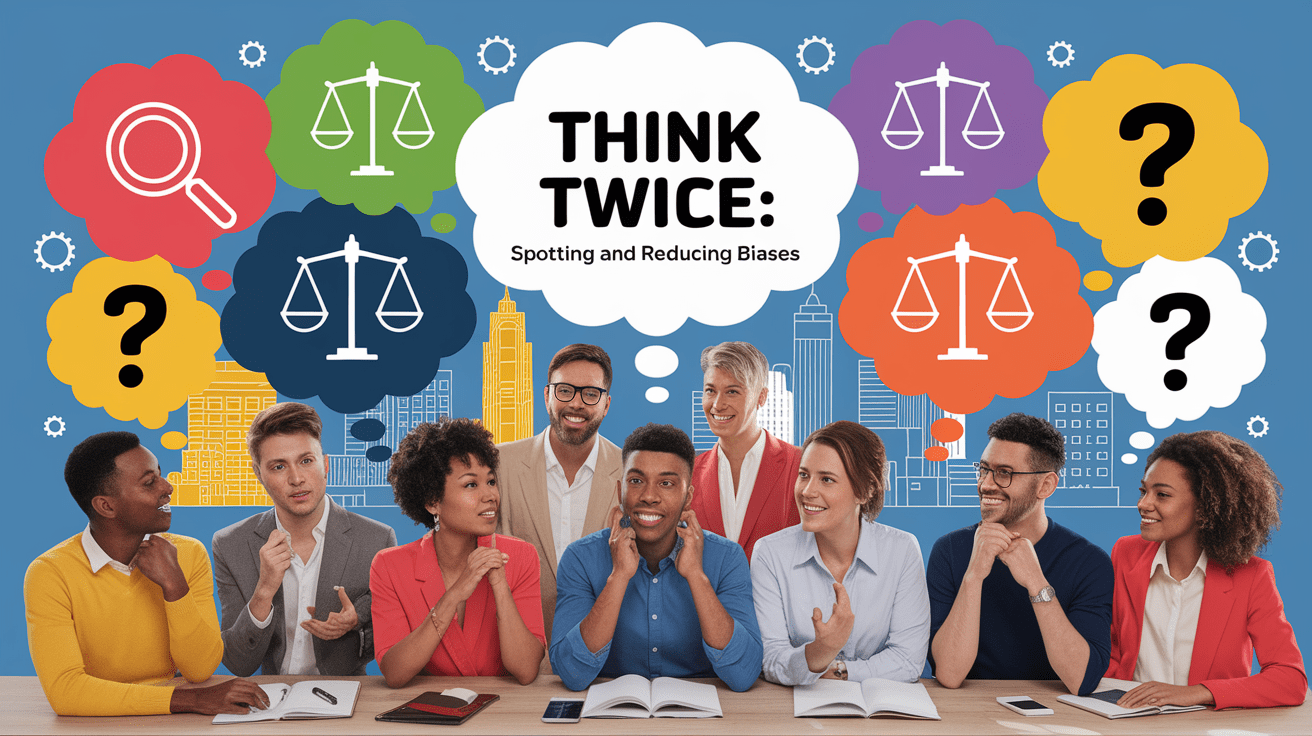
The first and most critical step is awareness. Acknowledging that your judgment is susceptible to unconscious influences allows you to approach important decisions with more humility and caution. From there, you can deploy specific strategies to mitigate cognitive biases.
- Slow Down and Engage System 2: For consequential decisions, resist the urge to go with your initial gut reaction. Take time to think through the problem logically. Ask yourself: “What am I not seeing?” or “What is an alternative explanation?”
- Challenge Your Beliefs: To counter confirmation bias, make an active effort to seek out and consider information that contradicts your existing views. Playing devil’s advocate with your own ideas can reveal weaknesses in your reasoning.
- Reframe the Situation: The framing effect shows that presentation matters. When faced with a choice, try to rephrase it in a different way. Would you make the same decision if a product was presented as “10% fat” instead of “90% fat-free”? This exercise exposes how much the frame influences your choice.
- Use Data and Base Rates: To fight the availability heuristic, look for objective statistics rather than relying on vivid anecdotes. When evaluating risk, ask about the base-rate probability of an event, not just how easily you can recall an example of it.
These strategies are applicable across numerous domains. When considering an investment, for example, consciously ignoring sunk costs can prevent you from throwing good money after bad. In negotiations, being aware of the anchoring effect can help you either set a more advantageous anchor or recognize and dismiss an irrelevant one. This illustrates how the mind’s influence shapes consumer behavior, financial choices, and more.
Breaking the Bias: Your Path to Clearer Thinking
Navigating cognitive biases is not a one-time fix but an ongoing practice of self-awareness and mental discipline. It’s about developing the intellectual rigor to question our own intuition and challenge our most comfortable conclusions. The goal isn’t to eliminate biases—an almost impossible task—but to understand and manage them.
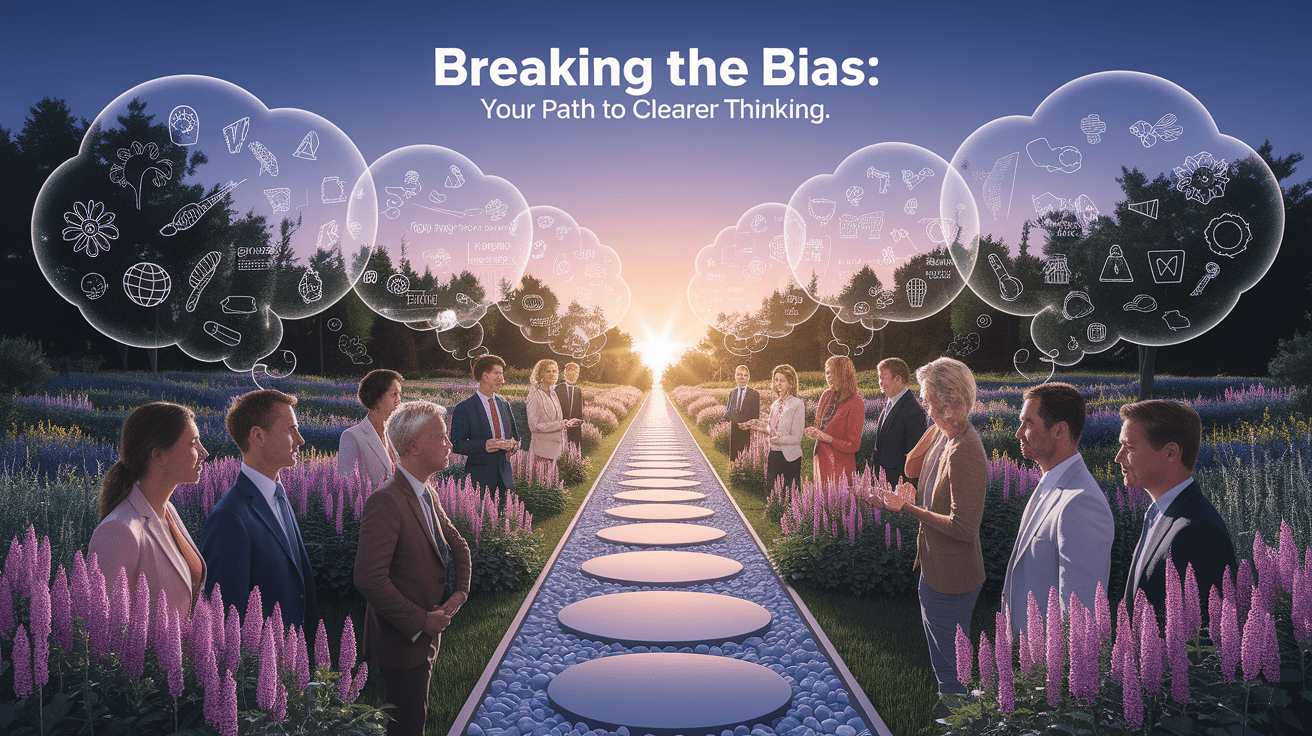
By transforming our understanding of these deep-seated mental errors into a practical toolkit for critical thinking, we empower ourselves. We move from being passive subjects of our mind’s hidden architecture to becoming more thoughtful architects of our own choices, protecting ourselves from common problem solving pitfalls and improving our judgment and decision making over time.
Key Takeaways
- Cognitive biases are systematic patterns of deviation from norm or rationality in judgment, hardwired into our thinking as mental shortcuts.
- Pioneering work by Kahneman and Tversky identified two modes of thought: fast, intuitive System 1 (the source of most biases) and slow, deliberate System 2.
- Common biases include Confirmation Bias (seeking confirming evidence), Anchoring Effect (relying on initial info), Sunk Cost Fallacy (honoring past investments), and the Availability Heuristic (judging by what’s easily recalled).
- Overcoming biases begins with awareness. Actively slow down your thinking, challenge your own assumptions, reframe problems, and seek objective data to engage your logical System 2 mind.
- Managing biases is an ongoing process that enhances critical thinking, leading to smarter, more rational decisions in both personal and professional life.
